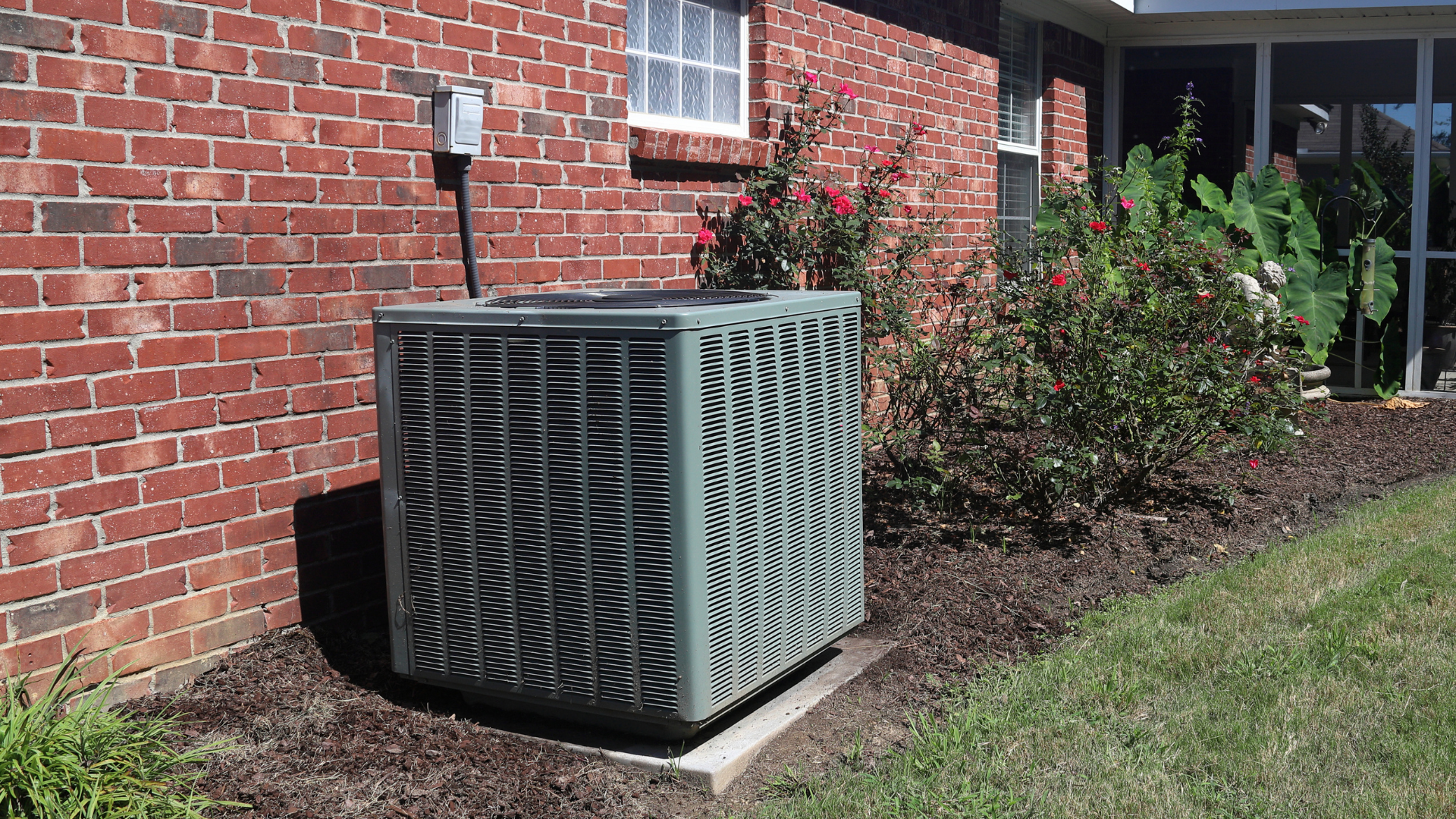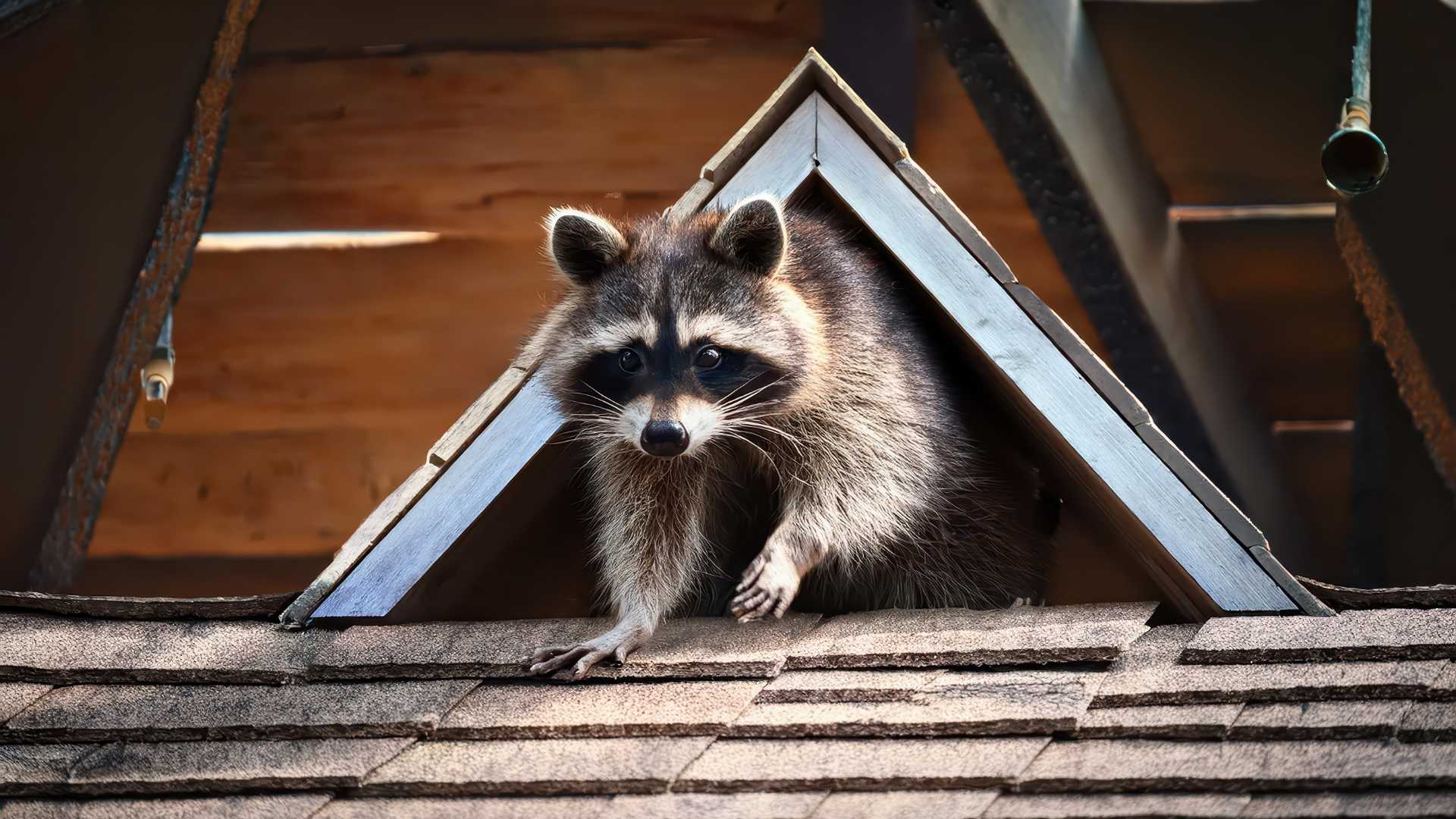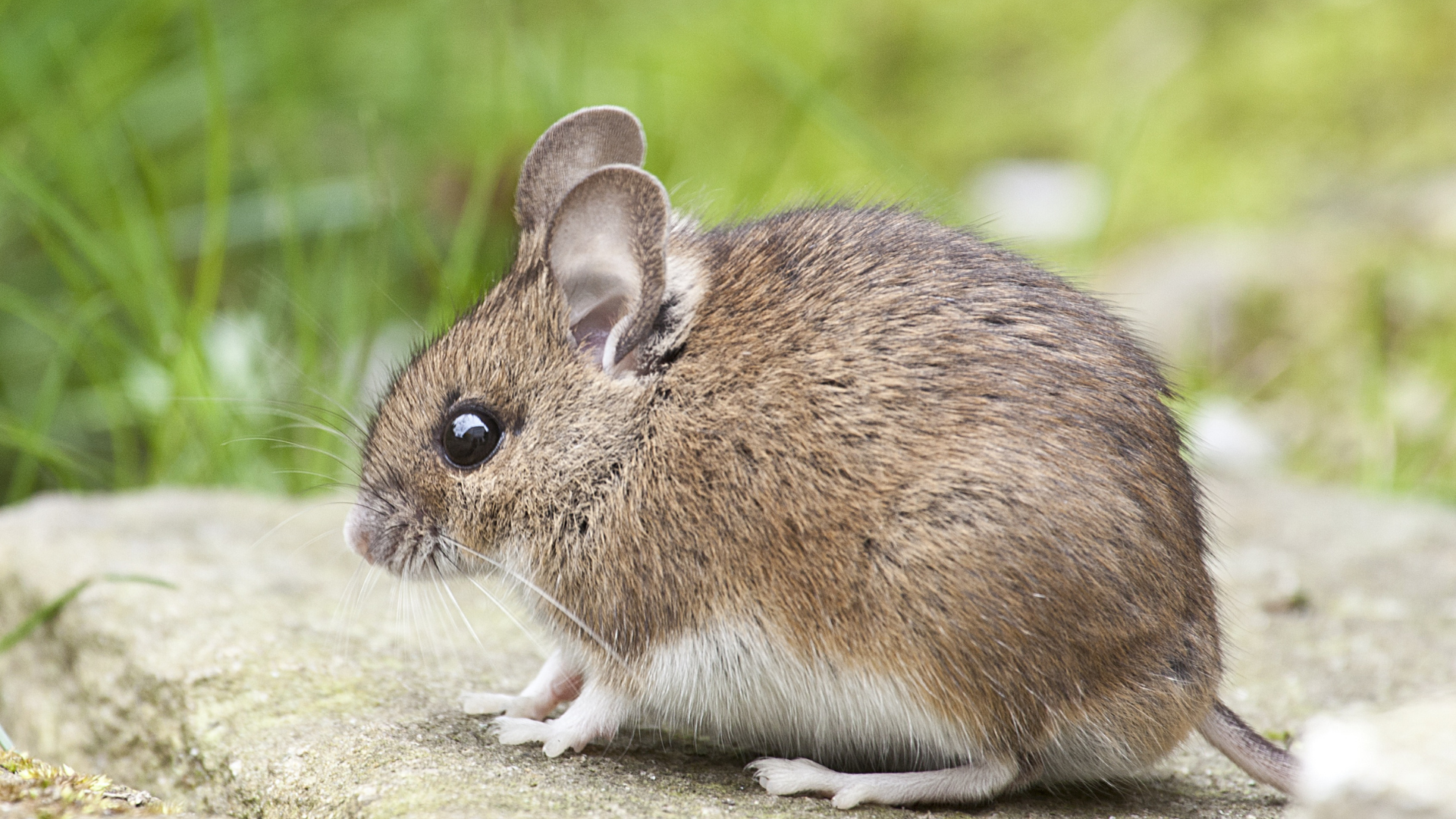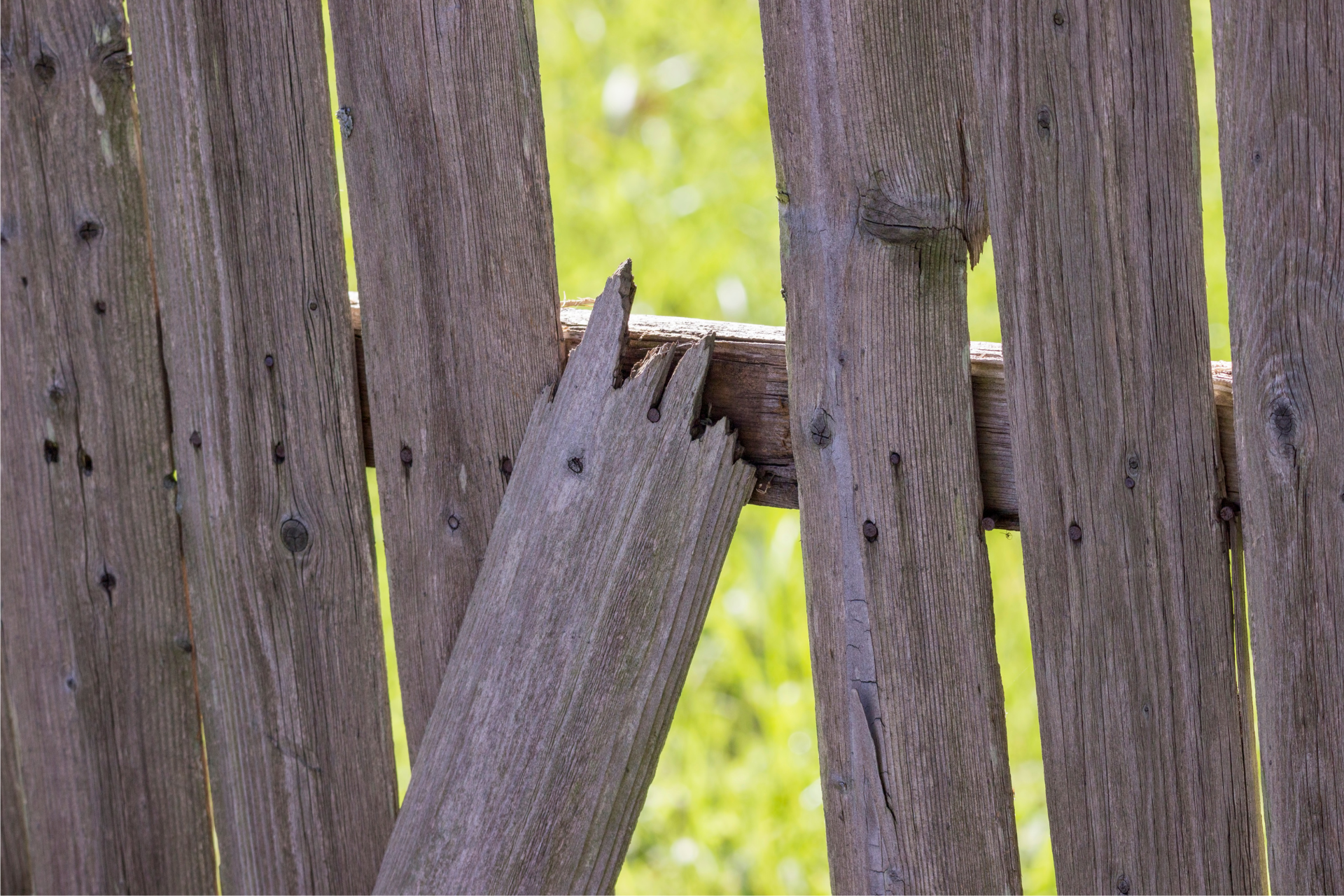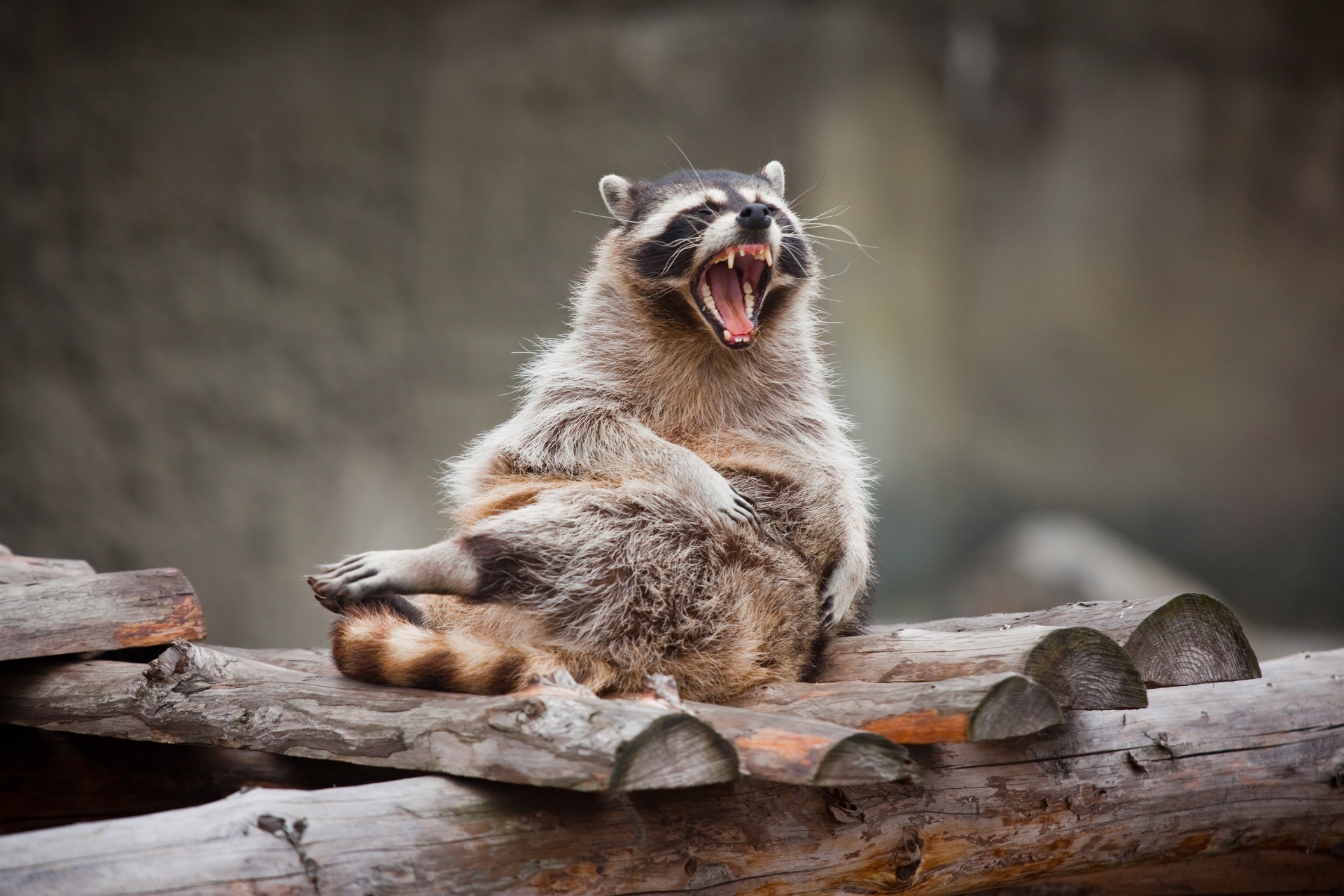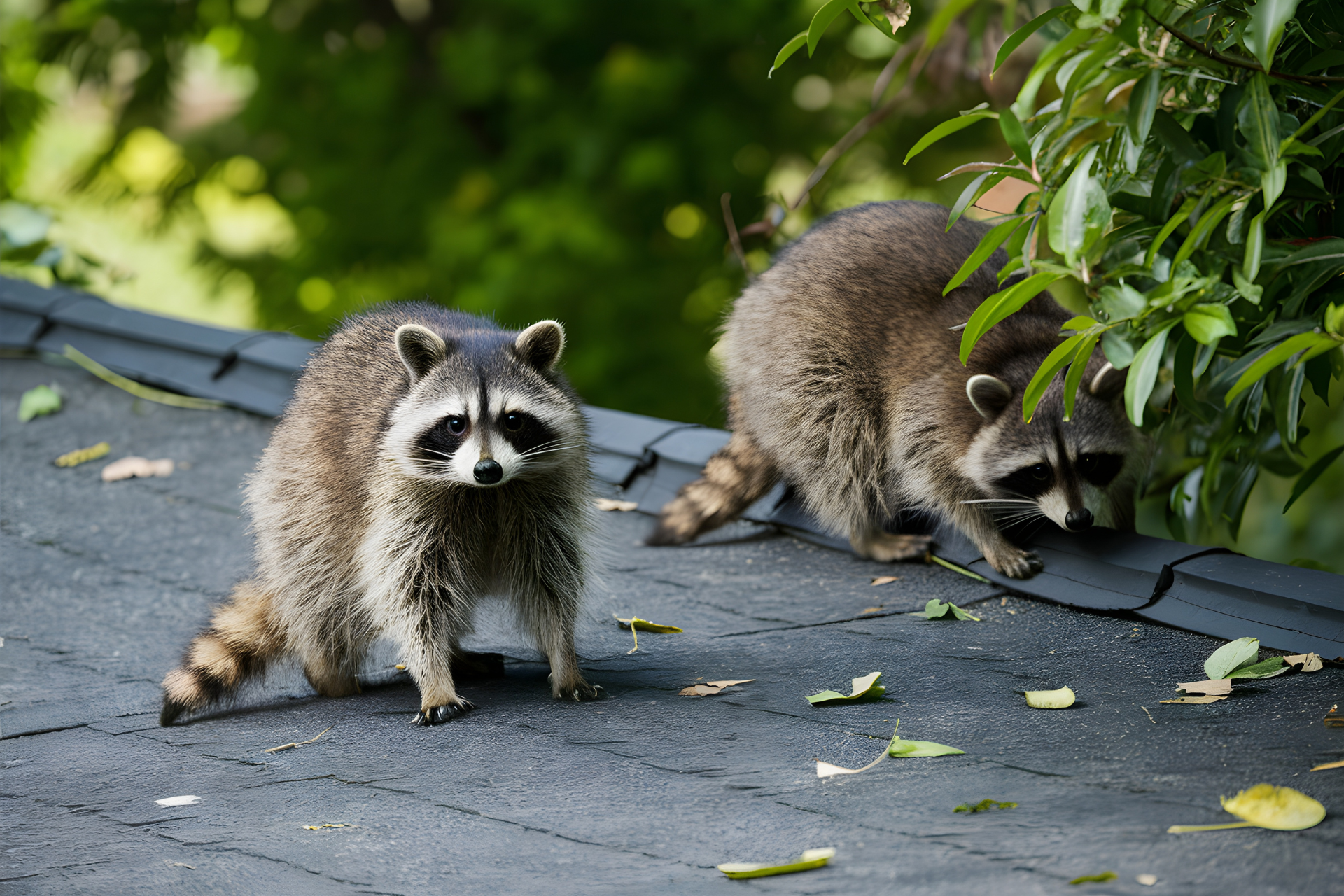What Animal Sounds Tell You About An Infestation
Interpreting Wildlife Noises In Homes
It often starts with something small—a faint tapping above the ceiling, a bit of rustling behind the drywall, or a quiet thump that seems to come from nowhere. Those subtle sounds can feel unsettling, especially when they happen at odd hours. Yet they’re not random. They’re messages from whatever creature has decided your home looks like a good place to hide, nest, or raise young. The noises animals make inside a structure are like clues in a mystery—each one offers hints about what species you’re dealing with, where they’ve settled in, and how serious the situation might become if left unchecked.
Rodents, for example, tend to make light scurrying or rustling noises as they dart across insulation or gnaw through wood. Their movements seem quick and deliberate, often in short bursts during the quietest hours. In contrast, a squirrel’s activity is heavier and more energetic. The noises are faster, with abrupt stops and starts that mirror their high-strung nature. When they roll nuts or push nesting materials through tight spaces, it can create an unmistakable scratching and tumbling mix that echoes in attics and soffits.
Raccoons take the commotion to another level entirely. The noises they make isn’t subtle—they shuffle, drag, and occasionally knock things over. Their weight gives their movements a density that rodents lack. Sometimes you might hear low growls or chittering sounds as they communicate with one another. Each of these noises points to a particular behavior, and recognizing the pattern helps narrow down what type of creature has taken up residence.
Recognizing Different Animals By Sound
Every animal leaves an acoustic signature that reveals clues about its habits. Bats, for instance, create a soft fluttering or clicking when roosting in attics. Their activity usually ramps up right after sunset as they exit to feed, then returns before dawn as they come back inside. The faint scratching they make while shifting around is often mistaken for mice, but the timing—mostly at night—sets them apart.
Birds tell a very different story. Their fluttering wings, tapping beaks, and muffled chirps often occur during daylight hours. When birds nest inside vents or eaves, their noises can echo oddly, making it seem like they’re deeper inside the structure than they actually are. You might hear a pattern that matches their natural rhythm—short bursts of movement as they gather nesting material or feed their young.
Rats tend to gnaw and squeak, while mice produce lighter scurrying sounds, often within walls or beneath flooring. Their movements are concentrated in the late-night hours when the house is still. On the other hand, squirrels, being diurnal, make their presence known mostly in the early morning or late afternoon. The difference between night and day activity is one of the clearest indicators of which animal is responsible.
Even within species, there’s variation. A mother raccoon with kits will produce whining or chattering noises that sound surprisingly human-like at times. Bats may squeal softly when disturbed, while larger birds can create thumping or shuffling as they adjust their nests. Recognizing these subtleties can make identifying the problem far quicker and more accurate.
Where The Sounds Come From
The location of noises is just as important as the sounds themselves. Each area of a home attracts certain kinds of wildlife based on shelter and accessibility. An attic, for instance, is prime real estate for squirrels, bats, and raccoons. They use entry points around vents, rooflines, and loose soffits to reach insulation that provides warmth and protection. Sounds coming from directly above ceilings or in upper walls are often connected to these spaces.
Walls tell a different story. Light scratching and muffled squeaking from inside wall cavities typically point to rodents. The hollow acoustics of drywall amplify these sounds, making small creatures seem larger than they are. Crawlspaces and basements, meanwhile, attract raccoons, rats, or opossums—animals drawn to dark, quiet, and undisturbed environments. In these areas, movements may sound slower, heavier, or accompanied by faint rustling as animals dig or rearrange nesting material.
Sometimes, homeowners mistake plumbing noises or air duct vibrations for animal activity. But genuine wildlife movement tends to follow a pattern. There’s a natural cadence—an intentional rhythm—that mechanical sounds lack. Listening carefully to where and when the noise occurs provides valuable clues to the type of infestation and its extent.
When Sounds Change Over Time
One of the most revealing parts of an infestation is how the noises evolve. Early on, the sounds might be faint or sporadic, as a small number of animals explore or test a new nesting area. Over time, as they grow comfortable, activity intensifies. Scratching may give way to thumping or dragging as they bring in nesting materials or expand their space.
Seasonal changes often trigger new behavior. In the colder months, nocturnal sounds increase as animals seek warmth indoors. During spring, you might hear higher-pitched squeals or chirps associated with breeding and nesting. Mothers tend to be vocal and active, especially if young are present. Later, as offspring mature, the number of sounds may suddenly increase—multiple sets of paws moving at once, often leading homeowners to believe the problem appeared overnight.
Feeding habits also influence what you hear. Rodents gnaw to keep their teeth from overgrowing, producing a repetitive scraping sound against wood, wires, or even metal. Raccoons rummage and overturn objects while searching for food. Birds peck and flutter as they bring insects or seeds to their nestlings. Each of these patterns tells part of the story. The more attention paid to when and how the sounds occur, the easier it becomes to piece together the situation unfolding within the walls or attic.
What To Do When You Hear Unfamiliar Noises
It can be tempting to ignore faint scratching or assume it’ll stop on its own, but those early noises often signal the beginning of a larger problem. Waiting too long gives animals time to nest, breed, and expand, leading to costly damage and unpleasant odors. Identifying the type of intruder from sound alone helps, but it’s just the first step. Confirming the source with a proper inspection is essential to understanding the full scope of the issue.
Homeowners can do a quick visual check around the exterior, looking for disturbed insulation, droppings, or chewed entry points, but tracking down the exact spot where animals are entering usually requires trained expertise. Wildlife professionals use specialized listening tools, thermal cameras, and inspection techniques to pinpoint activity and develop an effective removal plan that respects both the property and the animals involved.
If you’re hearing persistent noises—whether it’s nightly thumping in the attic or daytime scurrying behind walls—it’s worth having the situation assessed promptly. The earlier it’s handled, the easier and less intrusive the process tends to be.
Mysterious noises in a home rarely mean nothing. They’re signals—tiny fragments of communication that reveal what’s happening behind the scenes. Understanding the differences between a rodent’s quick scurry, a bat’s faint flutter, or a raccoon’s heavy shuffle can be the key to acting quickly and effectively. Each sound tells its own story about who’s moved in, what stage of life they’re in, and how long they’ve been there.
At Patriot Wildlife, we’ve learned that early recognition is often what prevents small disturbances from turning into serious infestations. If those odd nighttime scratches or daytime thumps have been bothering you, don’t wait to find out the hard way what they mean.
Contact us today to schedule a detailed inspection and let our team determine exactly what’s behind the noise. The sooner it’s addressed, the sooner your home can return to being quiet, calm, and completely yours again.



